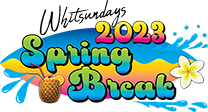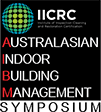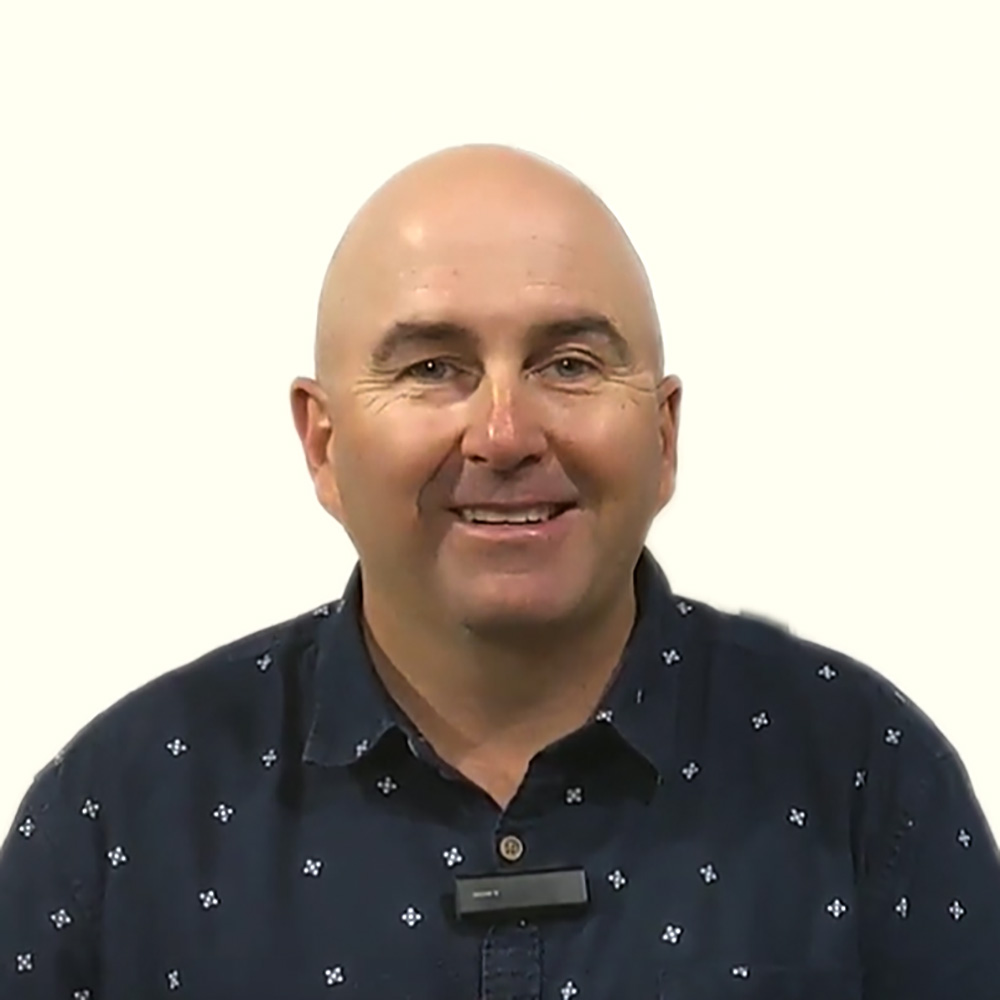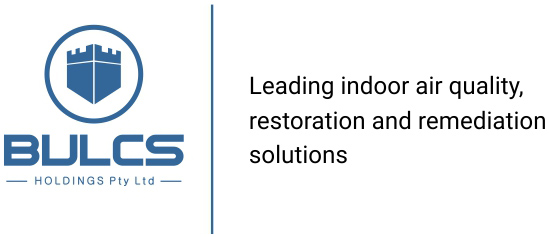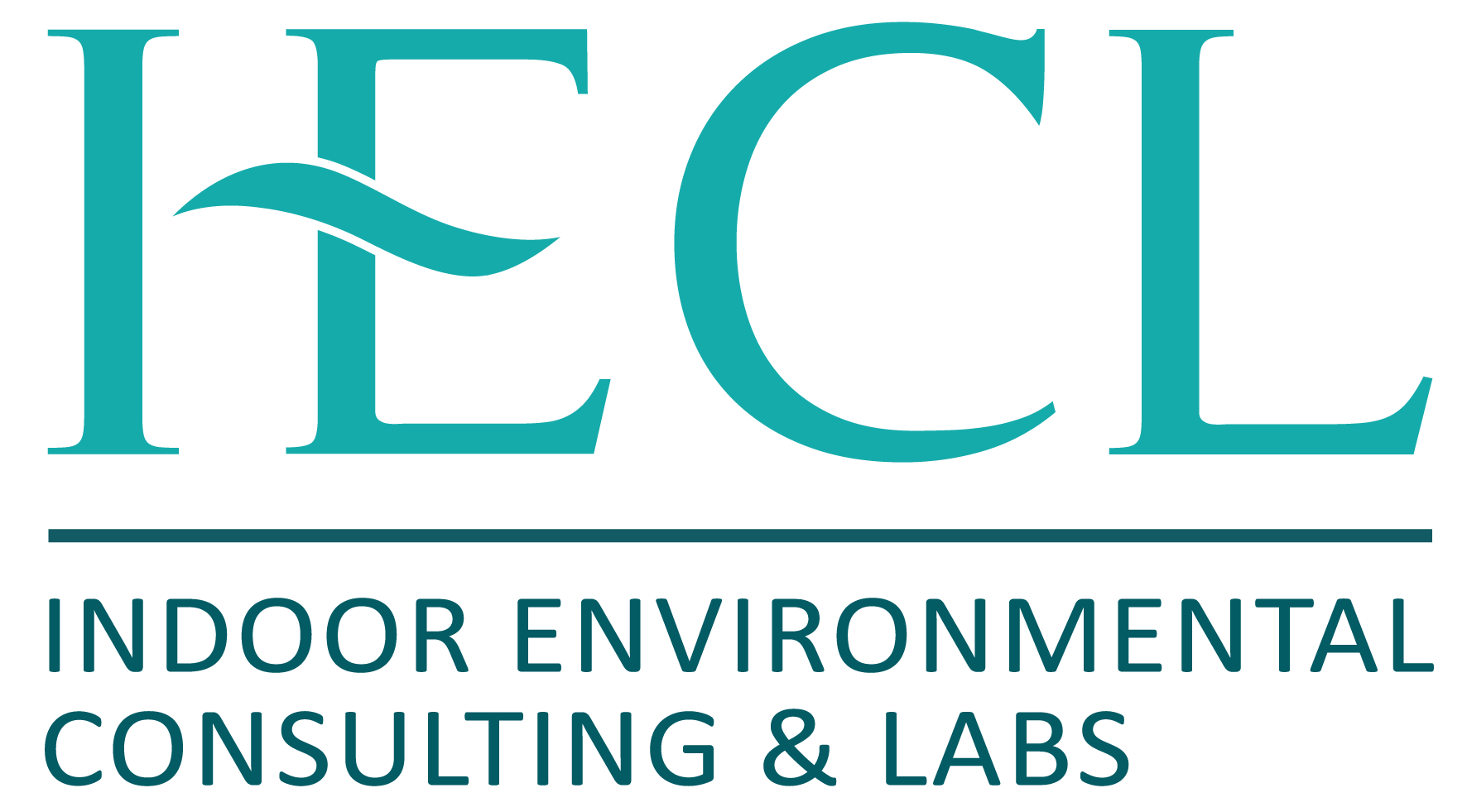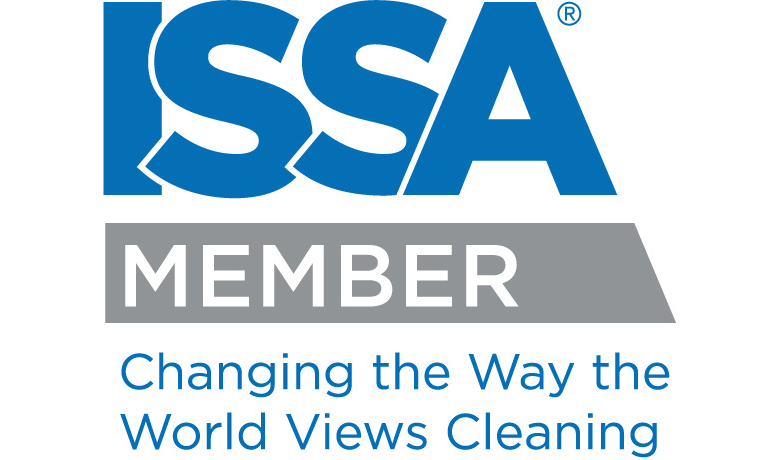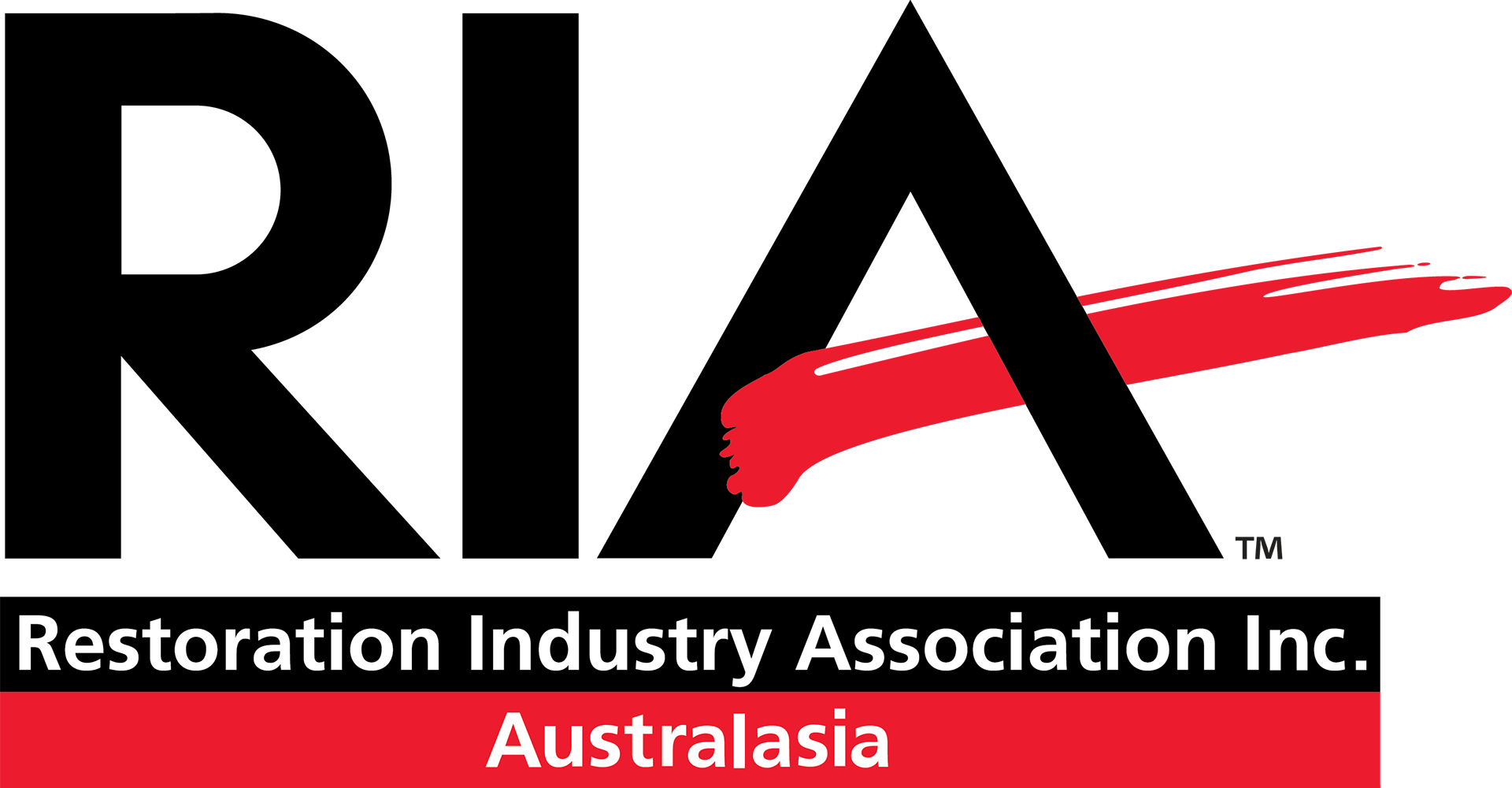2022 program
The program for the 2023 Australasian Indoor Building Management Symposium is not available yet. To get a glimpse of what we have in store for you, check out the incredible presentations we enjoyed at last year’s exciting event by reviewing the 2022 program below.
Thursday 22nd September
Coach8 demonstrations and exhibitors open from 2:00 pm to 7:00 pm daily.

Friday 23rd September
Coach8 demonstrations and exhibitors open from 2:00 pm to 7:00 pm daily.



Saturday 24th September
Are you planning to enjoy some time in the beautiful Mackay region after the Australasian Indoor Building Management Symposium? Saturday 24th September will be a perfect opportunity to relax and experience the sights and sounds of the local area. Consider some of these options.
- Enjoy an island day tour, snorkelling, paddleboarding and swimming in crystal clear waters with Wildcat Mackay.
- Tour the award-winning Sarina Sugar Shed for a paddock-to-plate experience that showcases Queensland farming.
- Head to Cape Hillsborough early and catch the kangaroos and wallabies feeding on the beach.
- Visit Mackay Marina Village for a great meal at one of the many restaurants.
- Book a fishing charter for the day.
- Take a day trip through the Pioneer Valley to spectacular Eungella National Park.
- Relax at family-friendly Blue Water Lagoon overlooking the picturesque Pioneer River.
- Shop till you drop at Caneland Central.
- Finish the day with a hilarious dinner theatre show at Haunt.
The Mackay Region Visitor Information Centre provides information about many more amazing things to see and do while in this area. Be sure to make a booking to secure your spot to stay and play.
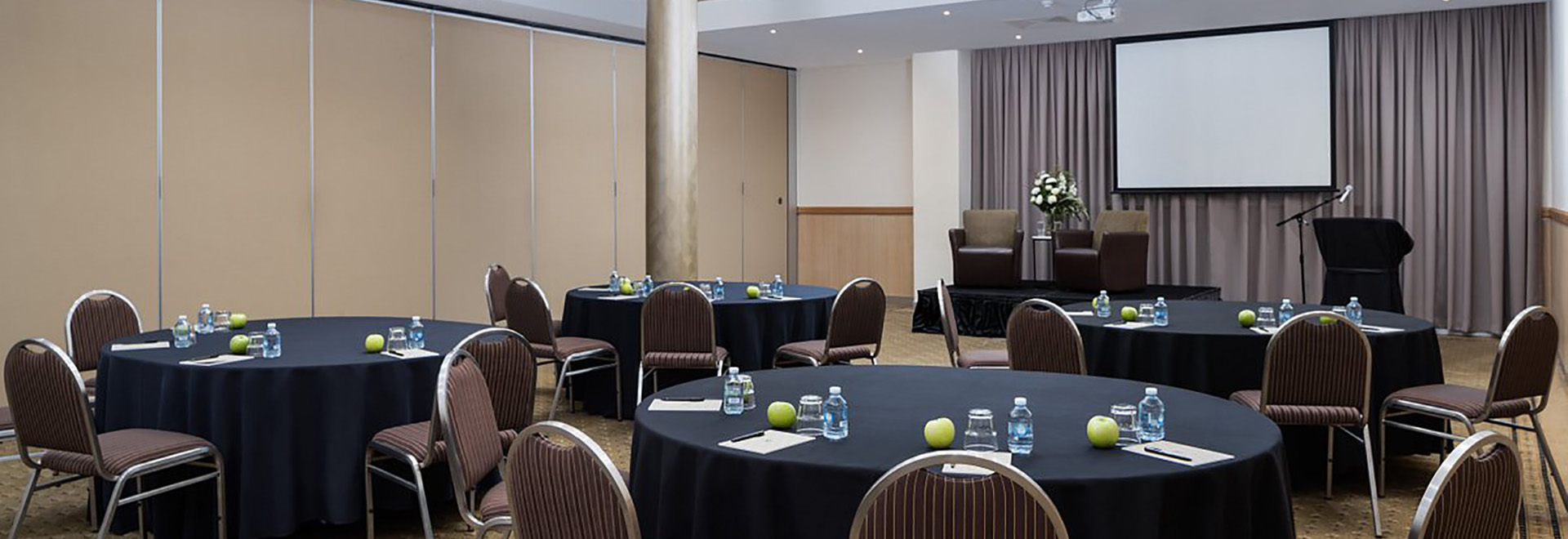
Presentations
This section provides details about some of the presentations at the Australian Indoor Building Management Symposium.
Welcome
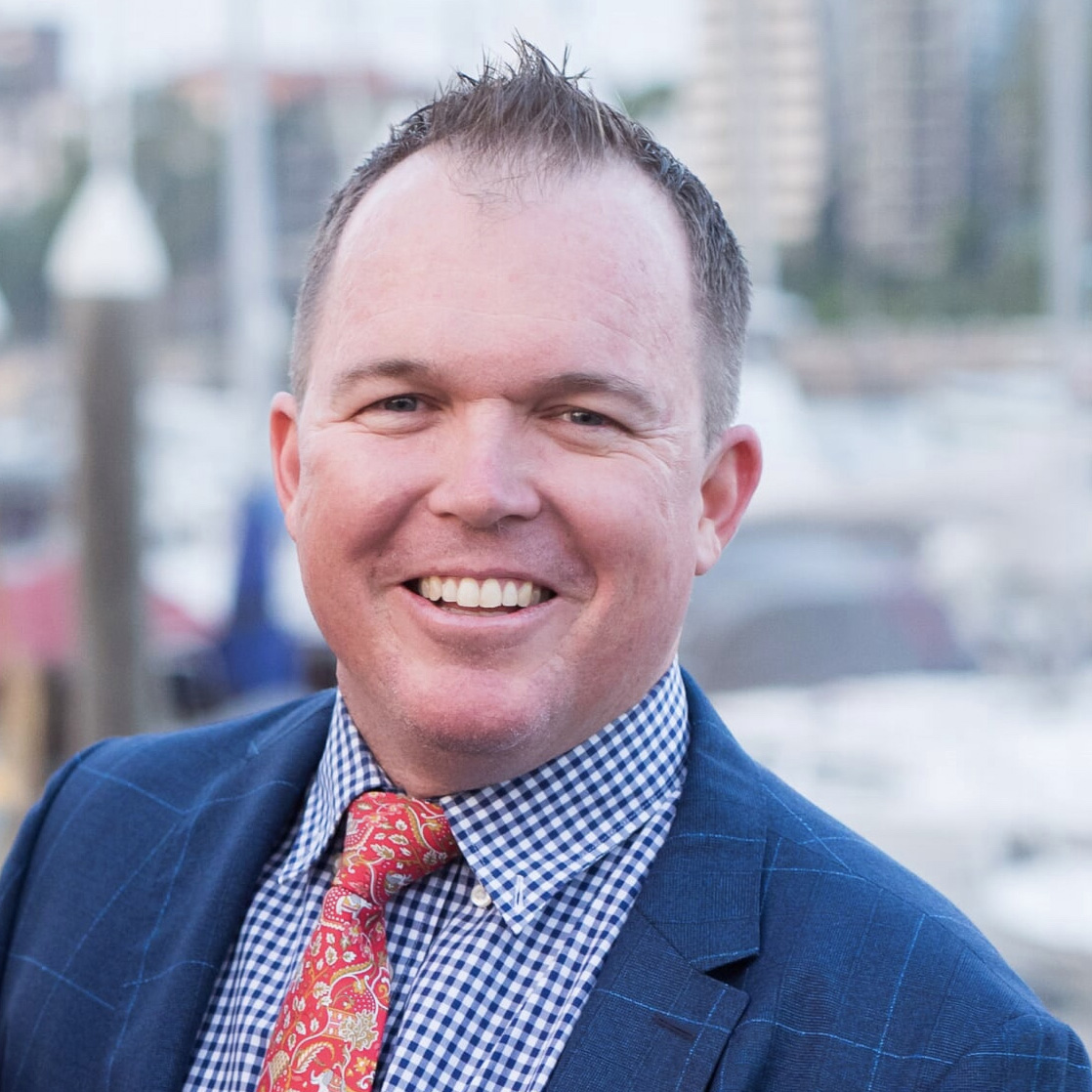
Scott McFadzen is the Principal of Coach8, an Australian school offering IICRC certification and training for the cleaning and restoration industry. He has a background of more than 20 years of progressive experience in restoration and specialist remediation services. Scott is an RIA Water Loss Specialist (WLS), one of the highest designations in the restoration industry, and a Registered Third Party Evaluator with International Dry Standard Organization. Scott is an IICRC-approved instructor for the Water Restoration Technician (WRT) certification and the Trauma & Crime Scene Technician (TCST) certification. He sits on the IICRC S500 Standard Consensus Body and the IICRC S700 Standard Consensus Body as a voting member. Scott is also involved in the Australian RIA Education committee and is an RIA Member.

Greg Williamson is the Mayor of Mackay Regional Council, a position he has held since 2016. He previously served as Mackay’s Mayor from 1991 to 1994. Greg is a fifth-generation Mackay local with a wealth of business, political, community and defence experience accumulated over a diverse career. Between 1994 and 2016, Greg’s career in general management saw him as Regional General Manager for Queensland and the Northern Territory at Chandler MacLeod – one of Australia’s largest human resource companies. He was the founding General Manager of national aerospace staffing firm Aero Ready; and then had eight years’ general management experience in heavy engineering services to the Queensland resources sector. Greg has an organisational reputation focus, demonstrated expertise in people management, and a passionate commitment to community service. Outside of public life, he is a current licenced pilot and has over thirty-five years’ service in the Australian Air Force Cadets – retiring as the Australian National Commander of the 8000-strong organisation when he was elected Mayor in 2016.
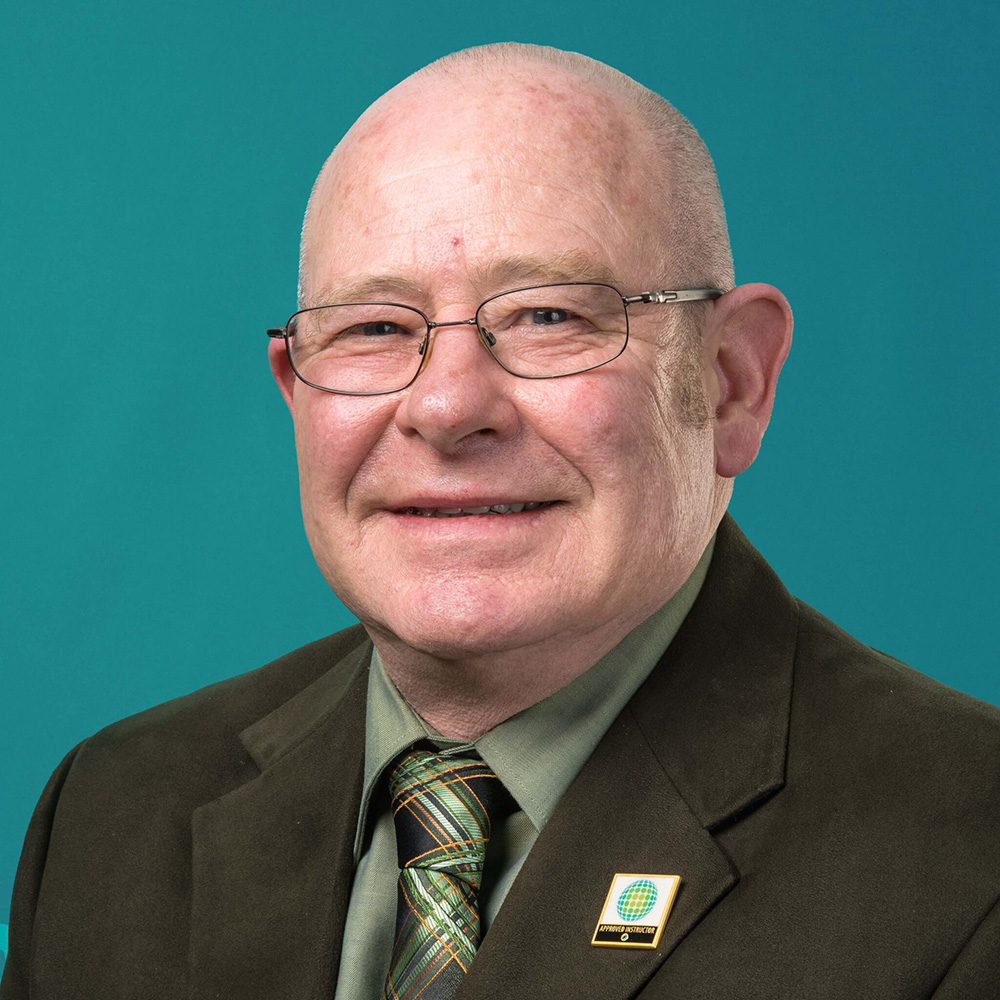
Carey Vermeulen has been a volunteer with the IICRC since 1991 and has served 17 of those years as a Board member, five years as Vice President, and three years as President. Carey has been involved in the development of IICRC/ANSI S500 Standard and Reference Guide for Professional Water Damage Restoration, IICRC/ANSI S520 Standard and Reference Guide for Professional Mould Remediation, IICRC/ANSI S100 Standard and Reference Guide for Professional Carpet Cleaning and was the Chair of the IICRC S300 Standard and Reference Guide for Professional Upholstery Cleaning. Today Carey is among the busiest IICRC instructors averaging over 70 classes a year primarily for the restoration and insurance industries and maintains among the highest student pass rate. Carey continues to volunteer as a public speaker at industry-related events, writes technical articles, and provides consulting services to the restoration, cleaning, and insurance industries.
Keynote address: Infectious diseases in the workplace: Are you protecting your holes?
Germs make us sick. In indoor spaces, there are bacteria, viruses, mould, and fungi. From the work we do indoors, we have a far greater risk of exposure to germs, and we can also spread them. What are our responsibilities and concerns, and how to move forward in a strategic, efficient, and cost-effective manner?
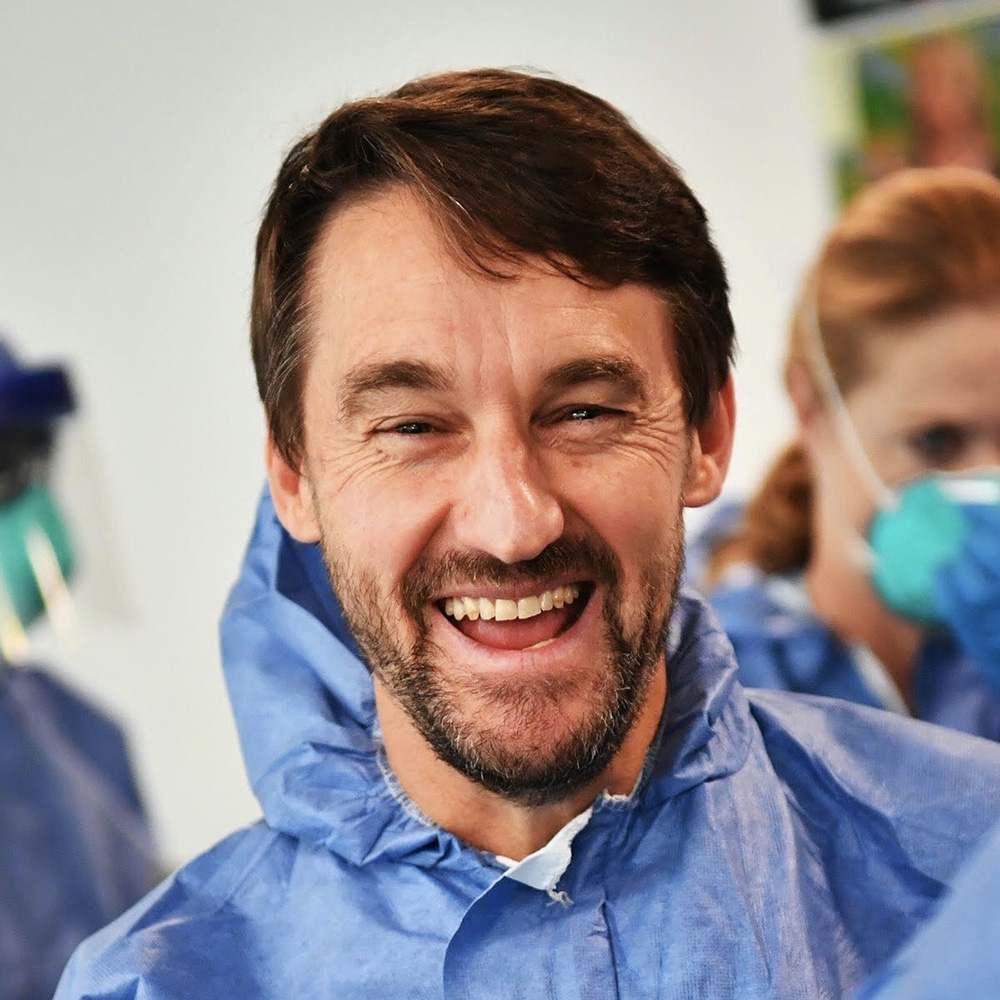
Dr Gavin Macgregor-Skinner is the Senior Director of the Global Biorisk Advisory Council (GBAC), a Division of ISSA, and has more than 30 years of technical experience in responding to infectious disease outbreaks and emergency management. For the COVID-19 pandemic, he conducted onsite biological risk assessments and provided “just-in-time” training on infection prevention and control, cleaning and disinfection, and safe working practices for frontline workers in 16 US States and Hong Kong in hospital emergency departments, assisted-living and nursing homes, convention centers, airports, stadiums, public transport workers, and hotel staff and other essential employees. He has served on COVID-19 medical advisory committees for American Airlines, Port Authority Of New York and New Jersey, Hyatt Hotels, International Association of Venue Managers, American Association of Airport Executives, NFL and NBA teams including Dallas Cowboys, Miami Dolphins, and Los Angeles Lakers.
He is an Associate Professor in the Department of Public Health Sciences at Penn State College of Medicine and teaches three 15-week graduate courses on Public Health Preparedness for Disasters and Terrorist Emergencies. In 2014 he received the Dean’s Award for Excellence in teaching.
He has appeared on CNN, Fox News, BBC, Canada CTV, Australia ABC, C-SPAN, and other news outlets to share his expertise on High Consequence Pathogens such as Coronavirus, Ebola, Influenza, Measles, Cholera, Zika and other global health threats. He served 12-years as an Officer in the Australian and British militaries and was an Epidemic Intelligence Service Officer at the U.S. CDC in Atlanta, Georgia, and a Global Health Fellow with the United States Agency for International Development in Washington DC.
Surface sampling for mould: Making sense of the techniques and meaning
Why is surface sampling one technique for environmental assessment? What is the history, application, techniques, reproducibility, and value regarding water damaged buildings? Which techniques should be embraced, and which avoided?

Brad Prezant is a public health and occupational health scientist, with an epidemiology and public health focus and perspective. He works primarily as a consultant, with additional experience as a University-based research scientist. Mr. Prezant has functioned over many decades as an independent expert/expert witness in Australia, New Zealand, and the U.S. Brad holds degrees in Public and Environmental Health (MSPH) with a focus on occupational health and epidemiology, and General Administration (MBA), both from the University of Washington (UW) School of Public & Environmental Health, and UW School of Business, respectively. He served as Affiliate Associate Professor at the UW School of Public Health for 15 years. Brad is a Certified Occupational Hygienist (COH, CIH, sub-specialty Indoor Environmental Quality), Certified Air Quality Professional (CAQP),and previously maintained certification as a Certified Professional Ergonomist (CPE). Brad is the current Vice-President of the International Society of Indoor Air Quality & Climate (ISIAQ). He is also an accredited WELL Building professional and a WELL Advisor Board Member.
Air purifiers and scrubbers: Are they effective in infection prevention and enhancing effective air changes?
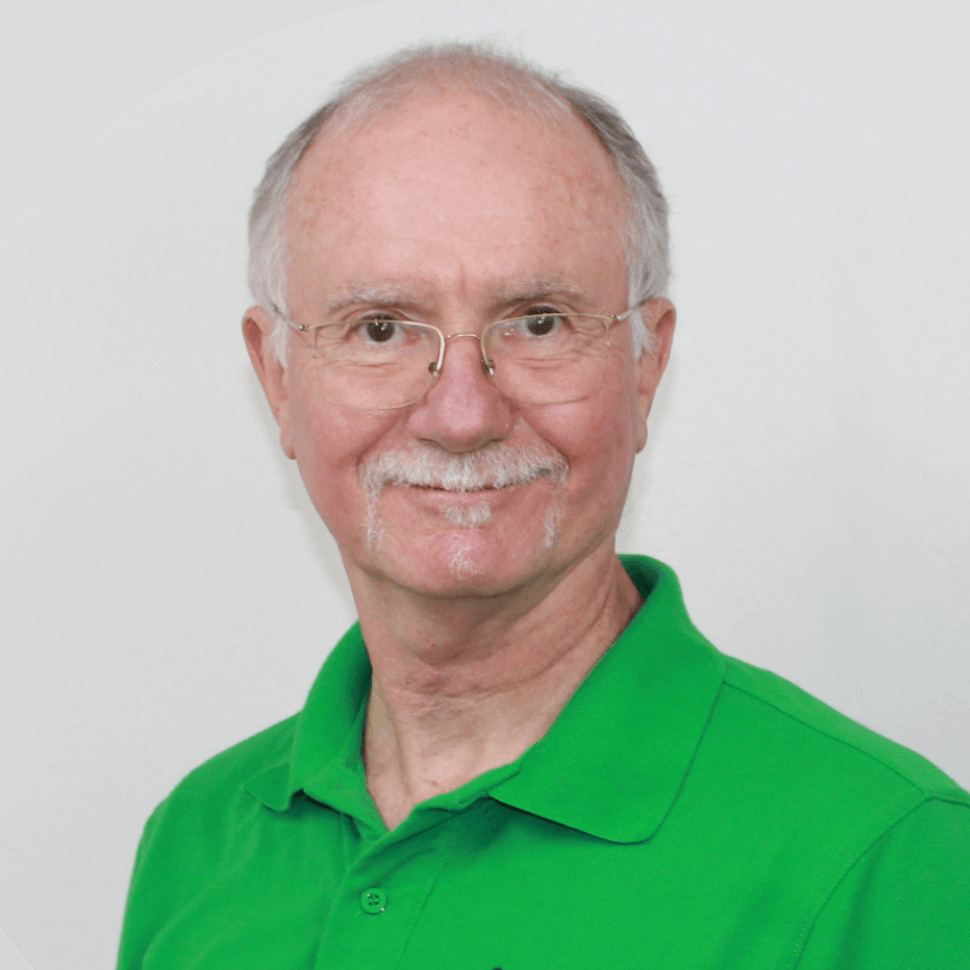
Dr Allan Heckenberg is the Chief Scientist at Biosafety International. His qualifications from the University of New South Wales include a Bachelor Degree in Chemistry/Biochemistry, an Honours Degree in Analytical Chemistry, and a PhD in Analytical Chemistry. Allan has decades of international experience in applied chemistry, biochemistry and HVAC/Filtration. He also has extensive experience in HVAC and Filtration standards, research, marketing, technical service and sales.
Hazardous building materials and potential worker exposure
Hazardous building materials and potential worker exposure – Workplace risk identification, assessment, rectification and ongoing management. An Occupational Hygienist’s perspective of little known and emerging issues relating to indoor building environments.
If there are floods or fires or other significant building impacts and damage, hazardous building materials need to be identified before they are remediated safely. Materials such as asbestos, lead, PCBs, mercury, sewage, silica, mould, etc. among some that could be present. Case studies and real-life examples will be discussed. Risk communication is key when you are determining appropriate, targeted remediation and ongoing building management strategies.

Jason Green is a Certified Occupational Hygienist (COH)® and Full Member of the Australian Institute of Occupational Hygienists (AIOH). He is also a Certified Water Damage Restoration Technician with the Institute of Inspection, Cleaning and Restoration Certification (IICRC), and he holds a Master’s degree in Occupational Hygiene Practice (OHP) from the University of Wollongong. Jason has over 29 years of experience in the fields of occupational hygiene, indoor air and environmental air quality (IAQ/IEQ), chemical exposure, hazardous materials, workplace health and safety (WHS) and environmental consulting. He has conducted a diverse range occupational hygiene, IAQ, IEQ risk assessments for a wide range of government, commercial, residential and industrial projects.
Jason is a board member with the Indoor Air Quality Association (IAQA) in Australia, and he is the President of the Workplace Health Without Borders (WHWB) in Australia. He is a member of the American Industrial Hygiene Association (AIHA), the British Occupational Hygiene Society (BOHS) and the American Conference of Governmental Industrial Hygienists (ACGIH). Jason has acted as Lead Occupational Hygienist, project manager and provided onsite supervision on multiple large projects covering multi-site assets. He has particular experience in the areas of occupational exposure monitoring; occupational noise assessments; qualitative and quantitative health risk assessments for occupational/community exposures; and hazardous chemicals investigations.
HVAC hygiene and indoor air quality
As a result of COVID, indoor air quality is arguably now more in the spotlight in Australia than it has ever been before. With much being said around increasing/improving ventilation, it’s important to understand what impact the cleanliness of the HVAC system can have on both Indoor Air Quality and ventilation overall. This presentation will provide an overview of the applicable Standards and Guidelines pertaining to HVAC Hygiene as well as how compliance can improve Indoor Air Quality overall and help ensure proper ventilation rates are being achieved.

Jeremy Stamkos is the Managing Director and Principal Consultant of Restoration Industry Consultants and since 2001, has been a highly influential participant in the Indoor Air Quality and HVAC Hygiene industries in Australia. Having built a national HVAC hygiene and specialist decontamination service business in the 2000s, Jeremy has since sold out of that business and turned his hand to consulting, education and advocacy for Indoor Air Quality, insurance property repair (restoration) and HVAC hygiene industries. Jeremy was the convenor of the AIRAH HVAC Hygiene Best Practice Guidelines published in 2009 and currently serves as AIRAH Associate Director for the Indoor Air Quality Special Technical Group. He is also an Accredited Instructor for various Industry organisations including the National Air Duct Cleaners Association USA. The most significant and recent IAQ initiative that Jeremy is involved with is the writing and submission of a proposal to Standards Australia for the development of an Indoor Air Quality Standard for Selected IAQ Parameters on behalf of the Australian Institute of Refrigeration, Air-Conditioning & Heating (AIRAH).
Advancements of the Industry Standards
A brief update on the importance of harmonization, consensus, and how the IICRC orchestrates this process with industry experts across the globe. Find out where the IICRC Standards are going, what’s new, and most importantly, an update on the ANSI/IICRC S500 and S520 advancements with Standards Australia.

Carey Vermeulen has been a volunteer with the IICRC since 1991 and has served 17 of those years as a Board member, five years as Vice President, and three years as President. Carey has been involved in the development of IICRC/ANSI S500 Standard and Reference Guide for Professional Water Damage Restoration, IICRC/ANSI S520 Standard and Reference Guide for Professional Mould Remediation, IICRC/ANSI S100 Standard and Reference Guide for Professional Carpet Cleaning and was the Chair of the IICRC S300 Standard and Reference Guide for Professional Upholstery Cleaning. Today Carey is among the busiest IICRC instructors averaging over 70 classes a year primarily for the restoration and insurance industries and maintains among the highest student pass rate. Carey continues to volunteer as a public speaker at industry-related events, writes technical articles, and provides consulting services to the restoration, cleaning, and insurance industries.
Keynote address: Bad bugs in our business

Dr Greg Whiteley is an Adjunct Associate Professor in the Faculty of Medicine and Health at the University of Sydney, and also is an adjunct Fellow in the School of Medicine at Western Sydney University. Greg is the Executive Chairman of Whiteley Corporation, a manufacturer of Therapeutic Goods based in the Hunter Region of New South Wales. His expertise is in the development and manufacture of cleaning solutions, disinfectants, antiseptics, sterilants and other human therapeutic goods. He is recognised as a global expert in the measurement of cleanliness, particularly based on rapid ATP testing where he is internationally published and is a regular conference speaker. Dr Whiteley is also widely known for the seminal work on bacterial biofilms in the spread of superbugs within healthcare settings, including the challenges of removing these bio-organic growths from reusable medical devices and high touch surfaces throughout hospitals. Dr Whiteley has previously served on HE 023 with Standards Australia and is a consultant to the National Infection Control Committee of the Australian Dental Association.
The future of the IICRC
This panel discussion will explore where the IICRC is today in the United States, New Zealand, the United Kingdom, Australia, and more. Panellists will discuss the advancements the IICRC has made since COVID-19 and where the IICRC would like to be in the next 10 years.

Carey Vermeulen has been a volunteer with the IICRC since 1991 and has served 17 of those years as a Board member, five years as Vice President, and three years as President. Carey has been involved in the development of IICRC/ANSI S500 Standard and Reference Guide for Professional Water Damage Restoration, IICRC/ANSI S520 Standard and Reference Guide for Professional Mould Remediation, IICRC/ANSI S100 Standard and Reference Guide for Professional Carpet Cleaning and was the Chair of the IICRC S300 Standard and Reference Guide for Professional Upholstery Cleaning. Today Carey is among the busiest IICRC instructors averaging over 70 classes a year primarily for the restoration and insurance industries and maintains among the highest student pass rate. Carey continues to volunteer as a public speaker at industry-related events, writes technical articles, and provides consulting services to the restoration, cleaning, and insurance industries.

Joe Dobbins has a long tenure with the IICRC having been in educational training since the mid-1980s in hands-on training seminars for the cleaning and restoration industry, and later in the early 1990s as an approved instructor of IICRC courses in 7 different subject fields in cleaning and restoration divisions. His love of teaching started in high school and as a Music Education and trumpet major at Jacksonville State University (Alabama) in the early 1970s. He is married to Janet and has two children, Alyson and David.
In the late 1990s, Joe became Certification Council Vice-Chair (now Education and Examinations Committee) and became the Chair in 2002-2008 as an IICRC Executive Committee Officer. He has been Chairman over 8 different IICRC courses (Technical Advisory Committee Chairman) and for 2 different Divisions. In addition, he has served as an Officer, as IICRC Treasurer, Education and Examinations Chair, and as Vice-Chair. His term as Executive Committee or IICRC Board member has been at 4 different term tenures.
Joe owned a cleaning, restoration, and inspection business for 25 years from 1982 to 2007, with the company performing work in cleaning (upholstery, carpets, rugs), water and fire damage restoration, packouts, and full-service reconstruction. As well, he owned a three-location distributorship for the cleaning and restoration industry. Upon retirement, Joe served as a property claims adjuster from 2007 to 2008 with a major insurance company fulfilling a complete circle to help better train a multi-faceted educational experiences to students. He still teaches today about 46 weeks each year in IICRC certification courses while serving in other capacities of leadership.
Assessing moisture-affected timber floors. What you need to know

Tony Powell is an accredited ATFA inspector and assesses many insurance-related claims where timber floors have been damaged. He assists Hurford Hardwood, liaising and providing technical assistance to those installers using Hurford product. Each year he also provides valuable industry training for ATFA members and member companies, both online and face-to-face, throughout Australia and New Zealand. For many years, Tony ran his own flooring company in Canberra—Floors by Powell—and soon had a reputation for doing high quality work. Products included vinyl, solid strip timber and parquetry, as well as engineered and laminate flooring. He has been associated with ATFA from its inception more than 16 years ago, and although he has now sold his Canberra business, he still remains very active in the industry.
Expert symposium: A threshold for mould – Is it attainable?
Exploring the breadth and boundaries around our understanding of mould exposure and sickness through the lens of medical, environmental, and psychological research. The Symposium comprises a deep dig to find out what we should be measuring to identify a building that has become unsafe, or a person that has sustained long term illness from mould exposure.
Chronic inflammation is a widespread complaint in thousands of people across Australia who believe that mould is responsible for their debilitating illness which can span over years. Such complaints led to the Australian Government commissioning a public inquiry into the disease, which is known as Chronic Inflammatory Response Syndrome.
On the back of the public enquiry, the Australian government approved a grant through the National Health and Medical Research Council which resulted in a $1.3M research fund. This grant will help us unravel the correct medical and environmental diagnostic markers to alert us to inflammatory disease in patients, and to identify the key microbial factors in damp buildings that may have led to the disease. This symposium has attracted to the panel many of the key researchers involved! Now is the time to understand what the project is going to try to achieve and how this may impact the medical, remediation and insurance industries.
We also have a special expert, Dr Melissa Marot to assist the panel in understanding the role that Neuropsychology and other mental health factors play in reporting and development of patient symptoms.
Symposium subject parameters:
- What different illnesses can mould cause?
- Could one mould cause more than one type of illness?
- If multiple moulds cause multiple illnesses, do we need a different threshold for different moulds for each illness?
- How do we currently diagnose mould-related illnesses?
- What tests can we currently conduct in patients to diagnose inflammatory responses to mould exposure?
- Is knowing the genus or species of mould enough to predict potentially unsafe environments?
- What should we be thinking about when making measurements of mould in buildings in relation to health?
- What other things may make people sick in damp buildings, and how are we investigating them?
- How far away is research from attaining a threshold for mould?

Professor Gilles Guillemin has been working in the fields of Neuroimmunology, infectious diseases and tryptophan metabolism for more than 25 years. He is the Co-founder of the MND and Neurodegenerative Diseases Research Centre; the Co-founder of the Macquarie University MND Biobank and the Head of the Neuroinflammation group at Macquarie University. Professor Guillemin’s team is one of the world’s leading research groups working on the involvement of the tryptophan catabolism (via the kynurenine pathway) in human neurodegenerative and infectious diseases, and cancers. He demonstrated the roles of this pathway in multiple sclerosis, Alzheimer’s disease, amyotrophic lateral sclerosis, cancers, suicide, and how the kynurenine pathway metabolites can be used as prognostic biomarkers for disease progression, severity and response to treatments. He has published more than 300 peer reviewed scientific articles. His current h-index is currently 77 and has more than 22.000 citations.

Associate Professor Tony Kenna is teaching and research academic at Queensland University of Technology and an immunologist with expertise in autoimmune disease and how the immune system influences health and disease. Tony completed undergraduate and postgraduate training in Ireland before migrating to Brisbane to pursue his passion for biomedical research. He has published ground-breaking research on basic immunology and has defined critical elements of inflammation in autoimmune disorders. Through his research, Tony has come to understand some ways in which environments can influence how the immune system works and how how is a very fine balancing act that can be easily tipped in the wrong direction by seemingly innocuous circumstances. Tony is also the current President of the Australian Society for Medical Research and Academic Lead Research at QUT’s School of Biomedical Sciences.
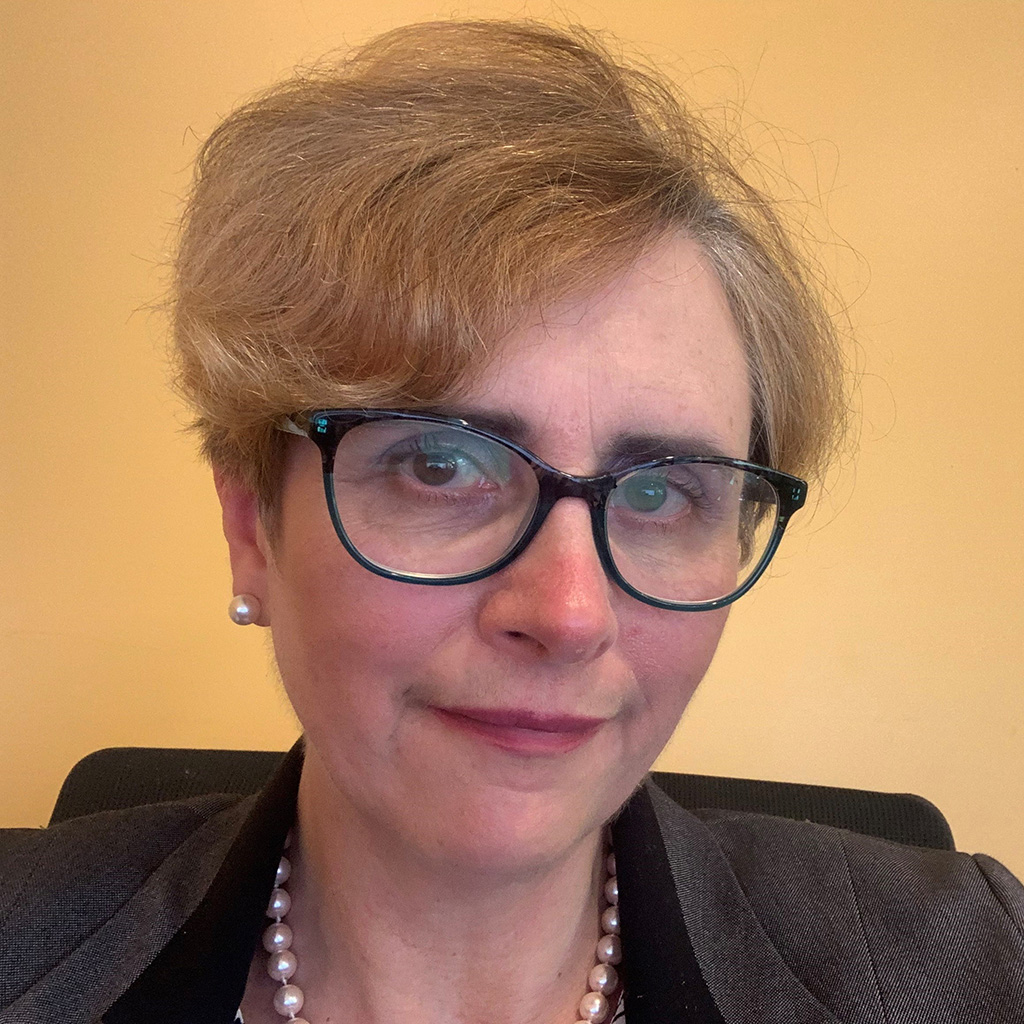
Dr Claire Bird is a former environmental microbiology and chemistry research scientist and commercial consultant turned business owner. Today she operates a commercial and research laboratory employing advanced analytical techniques to better understand and describe mould conditions in relation to remediation and to health. Claire completed a Doctoral degree in airborne microorganism detection and characterisation in 2004 before moving to Australia to establish the Environmental Biotechnology laboratory at Flinders University. She has acted as peer reviewer for leading scientific publications and conference submissions in the field of bioaerosols and mould. Claire has since led Hygienist and IEP teams for some of Australia’s largest building contamination projects, uniquely positioning her at the junction of scientific research and real-world application in the dampness and mould space. Claire volunteers extensively as a technical subject matter expert and liaison point on microbial contamination of buildings. Her broader indoor air quality involvement spans a speciality and geographically diverse range of indoor air quality-associated National and International professional bodies and organisations such as IAQA Australia, AIRAH, AIOH and NABERS. Former inaugural President of the Indoor Air Quality Association Australia, Claire operates as Executive Secretary of the global-based Integrated Biosciences and Built Environment Consortium (IBEC).

Tim Law (PhD) is an architectural scientist, principal at Archsciences. He is also a Building Surveying lecturer and course chair of the Building Surveying programs at Victoria University. His research over recent years has been into the occurrence of condensation in new code-compliant buildings in Tasmania and Victoria, and the study of mould and its impact on occupant health. He has found the problem to be very widespread, very serious, and as a nation Australia is very far behind under countries in construction quality and legal recourse. He has completed reports for the Victorian Building Authority, Tasmanian building regulator, the Australian Building Codes Board, the federal parliamentary inquiry into mould, and the inclusion of more robust condensation stipulations into the National Construction Code. He thrives on complex interdisciplinary work involving architectural science, environmental microbiology and public health.
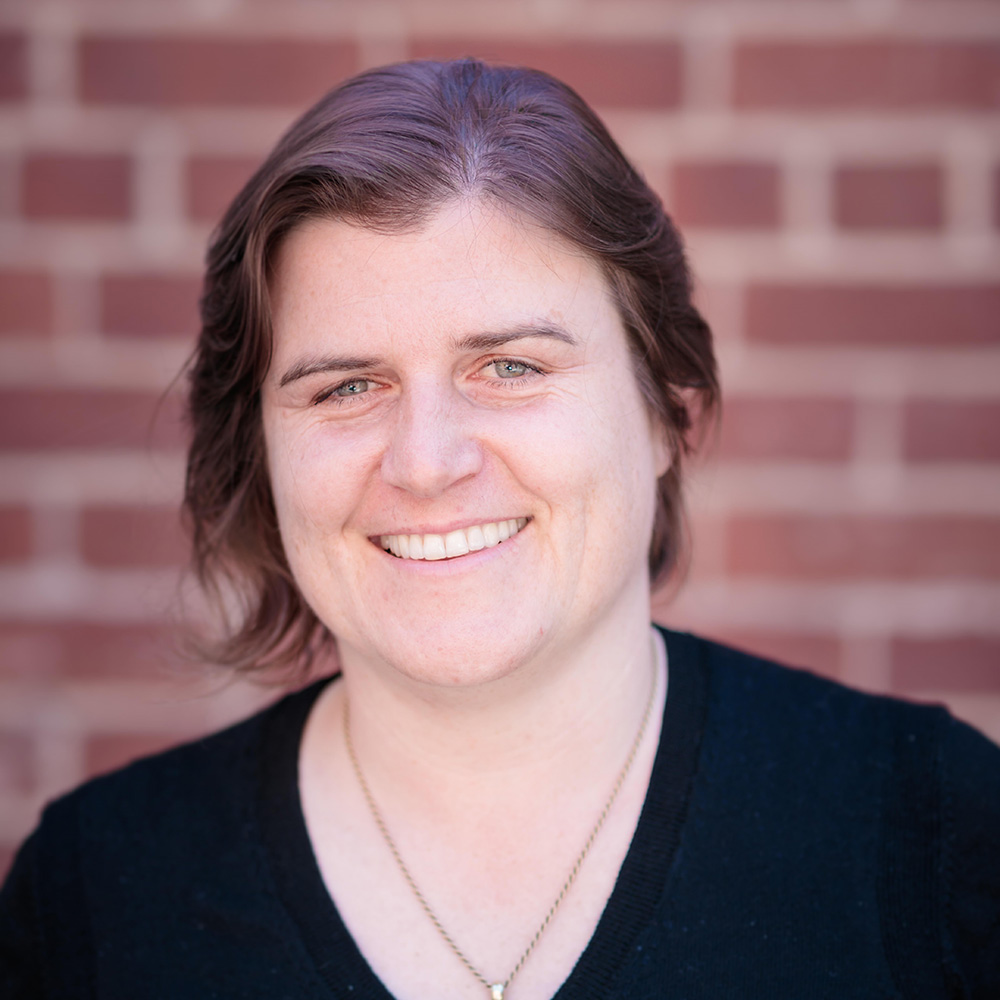
Dr Melissa Marot is a clinical neuropsychologist and organisational psychologist with a keen interest in neurosciences. She has a particular interest in the effects of indoor air quality and mould on brain function, mental health and wellbeing. Melissa has experience working with a range of psychological needs – the challenge of growth and success, transitions and change, leadership, team effectiveness, building resilience, complex and high stress workplaces and other issues. Melissa has expertise in wellbeing and performance at work, including 25 years of experience working with people and organisations such as the United Nations, International Disaster Recovery, Emergency Services in Australia and overseas, Australian/UK Defence Forces, Federal Public Sector, Commercial Organisations and Not for Profits. She also sits on various local and international scientific advisory boards. Melissa enjoys connections and collaborations with a diverse range of people, approaches and cultures – which extends from her professional life through to travelling adventures.
Women at Spring Break breakfast
Tickets are on sale for the Women at Spring Break Breakfast at 7:00 am on Thursday 22nd September. Ticket prices are $55 per person. Enjoy a delicious breakfast at The Dispensary with a Mimosa or Prosecco on arrival. Hear from special guest speaker Keely Johnson, a country rock singer, motivational speaker, Childhood Cancer Advocate and founder of childhood cancer charity, the Golden Octopus Foundation.

23-year-old aspiring country music artist, singer/songwriter Keely Johnson is a country rock singer. She first started her love for country music when she was 4 years old. Growing up listening to the likes of Lee Kernaghan, Beccy Cole and Shania Twain, she developed her love for all things country. She has slowly moved her way up the ranks of Country Music, opening for artists like Lee Kernaghan, The Wolfe Brothers, Troy Cassar-Daley, Adam Harvey and Amber Lawrence.
Keely is mentored by Lee Kernaghan who has been instrumental in guiding her country music career. Keely first started her career in recording music when she was 15, releasing her number one single ‘Turn this to gold’ with mentor Lee. Keely has just this year released her first debut album “Fierce” (with songs written with some of Nashville’s finest writers), launching it at the Cowboys home game. This then led her to an outstanding Queensland 17-town tour and just finished her 12 -town New South Wales Tour. Keely is currently working on a kids’ album, which is soon to be released.
Keely has performed live in Nashville in major venues such such as the Bluebird Cafe and Tootsies Bar. She has sung her music all over the world, including Disneyland’s main ballroom for the Make-a-Wish Foundation. Some of the festivals she has been a part of include: Tamworth Country Music Festival, Groundwater Country Music Festival and Mildura Country Music Festival.
Apart from her music career, Keely is a motivational speaker, Childhood Cancer Advocate and founder of the ‘Golden Octopus Foundation’ a National Wide Childhood Cancer Charity. Thousands of families across Australia see her as their inspiration for hope.

Workshops
This section provides details about some of the workshops at the Australian Indoor Building Management Symposium.
From black swans to boiling frogs: How to understand risk, visualize risk scenarios, and get ahead of the competition – a GBAC risk management approach workshop
A myriad of risks exists in our industry, but it is our understanding and action in regard to these events that often lead to financial loss, injury, and deaths. The transition to naming these events as black swans, grey rhinos, boiling frogs, and more has evolved as a pedagogical tool to help us understand events that can be high impact but low probability, high impact and high probability, or high impact but consider the creeping element of time. Rather than focus on what we “could have done”, the goal of this workshop is to offer a more complete understanding of the Risk Characterization and Evaluation process within a Risk Management System. Through guided discussion and interactive exercises, participants will be offered an introduction and review of risk evaluation and its importance within risk assessment followed by a discussion of the process of risk characterization and the acceptance of risk. During the workshop participants will learn: how to identify hazards; how to assess risks; how to mitigate risks; how to ensure controls remain effective; and examples of the risk management process. Everyone who attends this workshop will receive a certificate of attendance from the Global Biorisk Advisory Council (GBAC).


Dr Gavin Macgregor-Skinner is the Senior Director of the Global Biorisk Advisory Council (GBAC), a Division of ISSA, and has more than 30 years of technical experience in responding to infectious disease outbreaks and emergency management. For the COVID-19 pandemic, he conducted onsite biological risk assessments and provided “just-in-time” training on infection prevention and control, cleaning and disinfection, and safe working practices for frontline workers in 16 US States and Hong Kong in hospital emergency departments, assisted-living and nursing homes, convention centers, airports, stadiums, public transport workers, and hotel staff and other essential employees. He has served on COVID-19 medical advisory committees for American Airlines, Port Authority Of New York and New Jersey, Hyatt Hotels, International Association of Venue Managers, American Association of Airport Executives, NFL and NBA teams including Dallas Cowboys, Miami Dolphins, and Los Angeles Lakers.
He is an Associate Professor in the Department of Public Health Sciences at Penn State College of Medicine and teaches three 15-week graduate courses on Public Health Preparedness for Disasters and Terrorist Emergencies. In 2014 he received the Dean’s Award for Excellence in teaching.
He has appeared on CNN, Fox News, BBC, Canada CTV, Australia ABC, C-SPAN, and other news outlets to share his expertise on High Consequence Pathogens such as Coronavirus, Ebola, Influenza, Measles, Cholera, Zika and other global health threats. He served 12-years as an Officer in the Australian and British militaries and was an Epidemic Intelligence Service Officer at the U.S. CDC in Atlanta, Georgia, and a Global Health Fellow with the United States Agency for International Development in Washington DC.
Protimeter workshop: How to use your moisture meter as a powerful tool through technology
In this interactive workshop, Protimeter’s own Nigel Burford will introduce a new range of moisture meters and demonstrate how they are used to read material from wood product to cementation products in buildings. Ivi Sims will be supporting Nigel by setting the room with a remote testing moisture sensor, data logger and thermal imaging recorder, and showing the live readings taken from from materials in the ASD house. The live data will be displayed on the screens in the Coach8 training room. Workshop participants will see the sensors in action and use the meters for themselves to understand how this new technology can help them in real-time reporting. Participants can ask questions and use meters in the training room and in the ASD house to better understand the technology and its advantages.
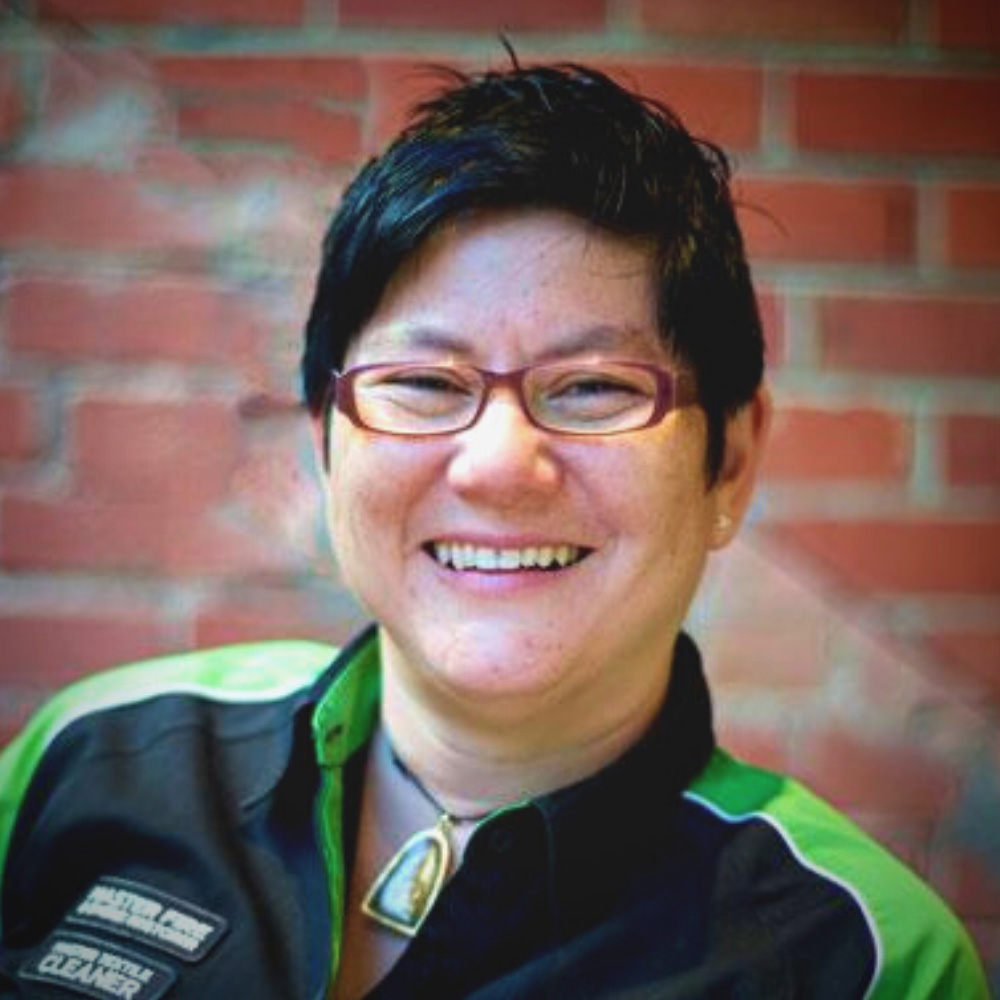
Ivi Sims has 22 years industry experience with the following achievements in the restoration industry: WLS, CMP, Triple Master Restorer, CIQAM, RTPE and AIRAH.M. Ivi has presented at various conferences including the Indoor Air Quality Association (IAQA) conference 2019, the Worldwide Cleaning Industry Association (ISSA) conference 2019, and the Building Physics Forum 2019. In 2016, Ivi became a founding member of the Indoor Air Quality Association Australian Chapter (IAQAA) and the Indoor Air Quality Association (IAQA) Membership Committee. Ivi is the Australian editor of Healthy Indoor Magazine which deals with many indoor air quality situations including mould and building science. Ivi is also the past President of Victoria’s Specialist Cleaning and Restoration Association (SCRP), 2013-2015. Ivi currently sits on international committees that help to develop standards or promote the industry, including: the Institute of Inspection, Cleaning and Restoration Certification (IICRC) Health and Safety Cleaning and Restoration Committee, and the S760 Committee.
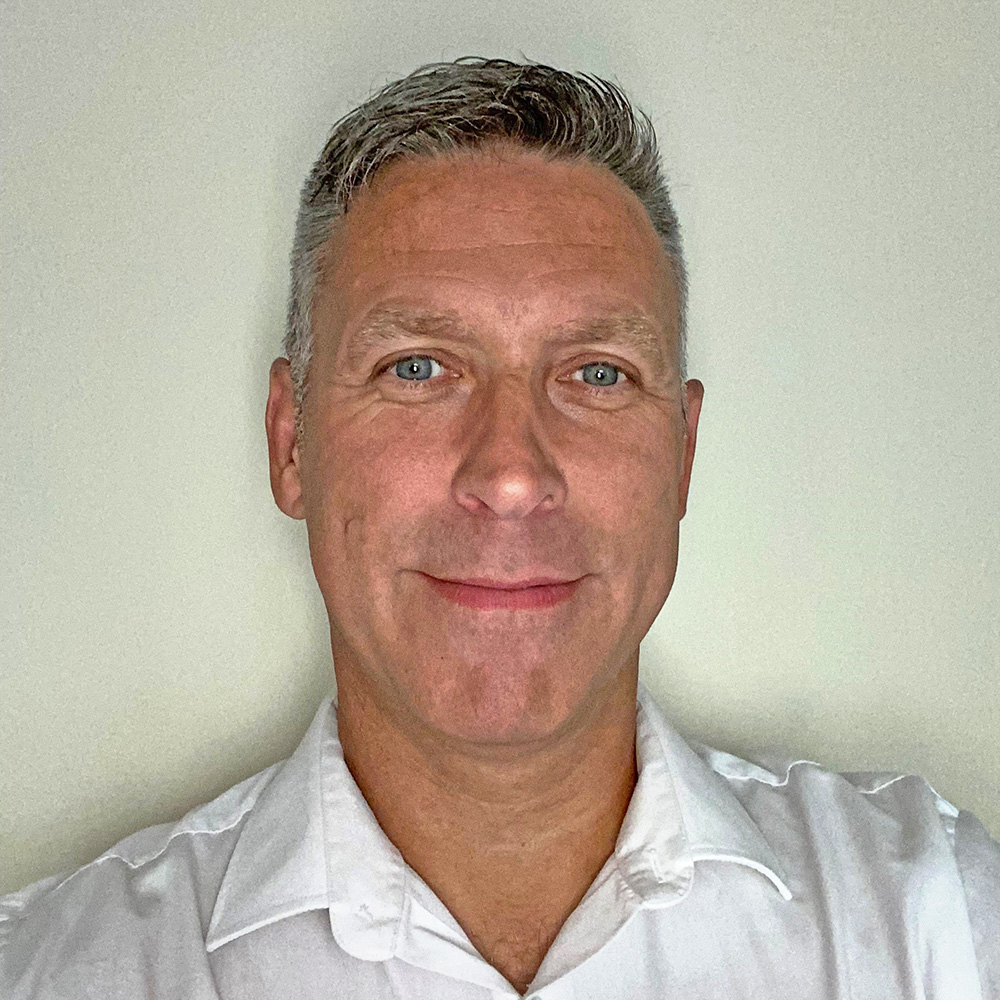
Nigel Burford became the non-America regions’ sales manager for Protimeter in March 2021, after working for the parent company (Amphenol) as a field applications engineer for sensor technology since 2018. He has a family history in the building trade and is passionate about enabling the surveying and restoration workforce with the latest connected solutions from Protimeter.
Hit or miss? A demonstration in complexities and limitations associated with post-remediation microbial sampling
Restoration Industry Consultants will be providing a practical hands-on workshop to demonstrate just some of the limitations with microbial sampling following a microbial remediation project. Participants will be invited to conduct simulated microbial sampling in a wet area of the Coach8 Drying House after a mock remediation project. Following the sampling process, the limitations of the process will be revealed and participants ‘illuminated’.

Jeremy Stamkos is the Managing Director and Principal Consultant of Restoration Industry Consultants and since 2001, has been a highly influential participant in the Indoor Air Quality and HVAC Hygiene industries in Australia. Having built a national HVAC hygiene and specialist decontamination service business in the 2000s, Jeremy has since sold out of that business and turned his hand to consulting, education and advocacy for Indoor Air Quality, insurance property repair (restoration) and HVAC hygiene industries. Jeremy was the convenor of the AIRAH HVAC Hygiene Best Practice Guidelines published in 2009 and currently serves as AIRAH Associate Director for the Indoor Air Quality Special Technical Group. He is also an Accredited Instructor for various Industry organisations including the National Air Duct Cleaners Association USA. The most significant and recent IAQ initiative that Jeremy is involved with is the writing and submission of a proposal to Standards Australia for the development of an Indoor Air Quality Standard for Selected IAQ Parameters on behalf of the Australian Institute of Refrigeration, Air-Conditioning & Heating (AIRAH).
Asbestos awareness
The management of asbestos materials and products in workplaces is widely legislated across Australia and New Zealand. Achieving the standards of work health and safety of employees, contractors and the general public is the basis of managing your asbestos obligations as a duty holder. This awareness workshop goes through an analysis of your needs and applying the skills and knowledge of professional staff to give you insight into asbestos and its many and varied risks. It will provide practical information, examples of real-life situations with previous clients and case studies, interactive/activity-based learning, industry relevance, and an enjoyable and engaging workshop experience. This workshop is designed for anyone who is at risk of encountering asbestos or who may need to work with small amounts of asbestos. It is very relevant for Australian and New Zealand workers, and it will equip the attendees with the knowledge and awareness of the hazards and health effects of asbestos.

Jason Green is a Certified Occupational Hygienist (COH)® and Full Member of the Australian Institute of Occupational Hygienists (AIOH). He is also a Certified Water Damage Restoration Technician with the Institute of Inspection, Cleaning and Restoration Certification (IICRC), and he holds a Master’s degree in Occupational Hygiene Practice (OHP) from the University of Wollongong. Jason has over 29 years of experience in the fields of occupational hygiene, indoor air and environmental air quality (IAQ/IEQ), chemical exposure, hazardous materials, workplace health and safety (WHS) and environmental consulting. He has conducted a diverse range occupational hygiene, IAQ, IEQ risk assessments for a wide range of government, commercial, residential and industrial projects.
Jason is a board member with the Indoor Air Quality Association (IAQA) in Australia, and he is the President of the Workplace Health Without Borders (WHWB) in Australia. He is a member of the American Industrial Hygiene Association (AIHA), the British Occupational Hygiene Society (BOHS) and the American Conference of Governmental Industrial Hygienists (ACGIH). Jason has acted as Lead Occupational Hygienist, project manager and provided onsite supervision on multiple large projects covering multi-site assets. He has particular experience in the areas of occupational exposure monitoring; occupational noise assessments; qualitative and quantitative health risk assessments for occupational/community exposures; and hazardous chemicals investigations.
Moisture detection training
This moisture detection training workshop will consider: the latest technology of instruments from Germany; multiple systems of checking concrete walls and floors; multiple ways of checking moisture in timber; the latest non-invasive microwave technology; the latest technology in infrared cameras; and why surface temperatures are so important.
Introduction to selecting respiratory protection
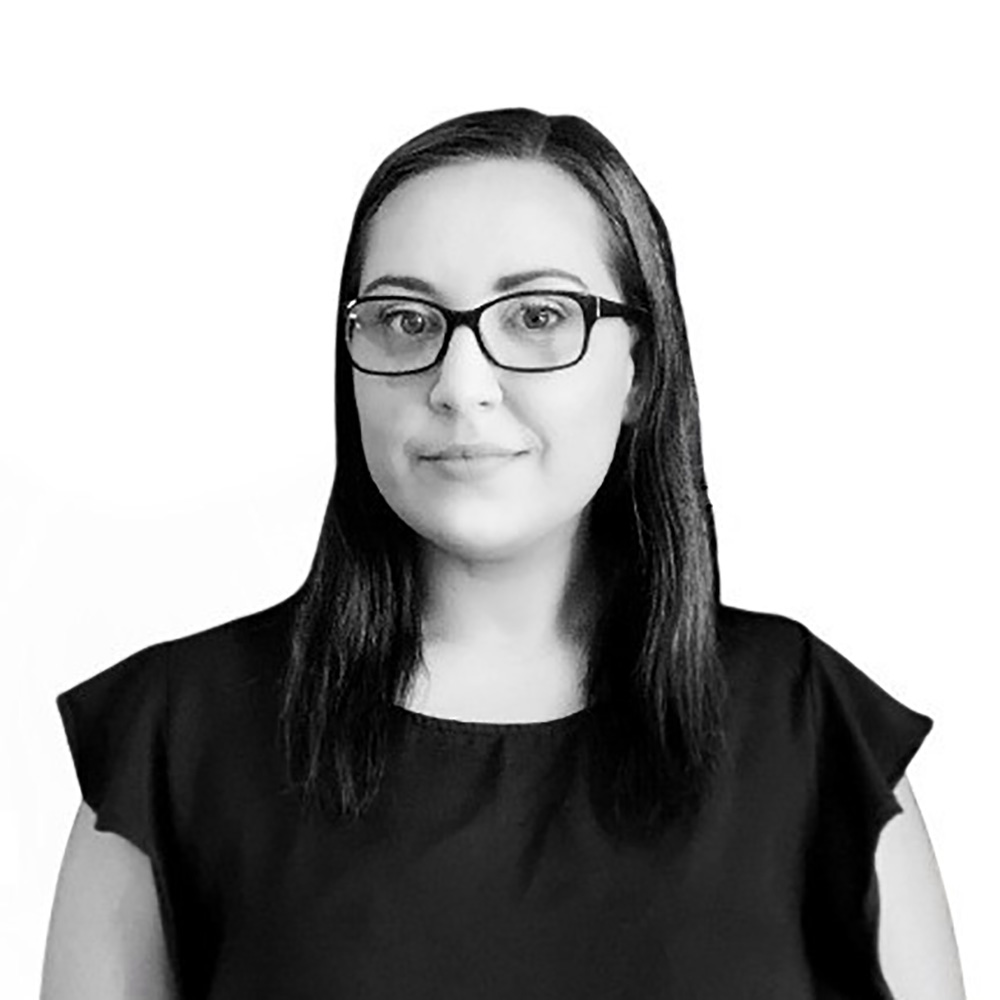
Sarah Ryan is a Field Sales Representative whose current Senior Sales Specialist role at 3M Australia (Personal Safety Division) focuses on providing technical end-user guidance and advice around selecting, using and maintaining respiratory protective equipment. This is backed by her Certificate IV in Work Health & Safety and five years in the industrial and safety equipment industry. She is passionate about the use, care and maintenance of personal protective equipment to ensure that workers’ health is not compromised by workplace exposures and practices.
